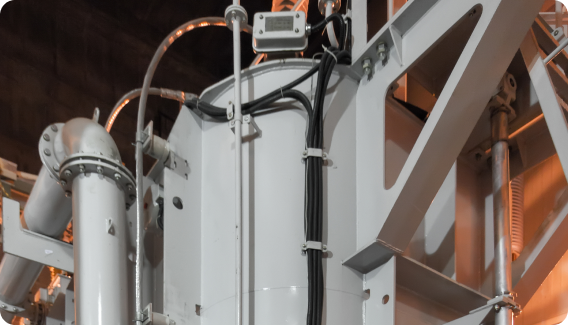Why Choose Us?
Designed for high-capacity, long-span overhead transmission, ACSS conductors feature concentric aluminium strands wrapped around a steel core, delivering exceptional strength, elevated-temperature capability, and low sag for expanded ampacity.

Steel-Supported Strength
Galvanized steel core provides high tensile capacity while aluminium outer strands maintain conductivity.

Elevated-Temperature Rating
Operates continuously at up to 200 °C, boosting ampacity by up to 50 % over conventional ACSR.

Low Sag Performance
High-modulus steel core and controlled aluminium alloy minimize elongation under load

Corrosion Resistance
ACSS conductors feature a steel core (exposed at ends) with protective aluminium layers to ensure long-term durability.

High Conductivity
ACSS conductors maintain strength and conductivity for long-span, heavy-load power transmission.

Extended Service Life
High fatigue resistance ensures long-term reliability on critical transmission corridors.







